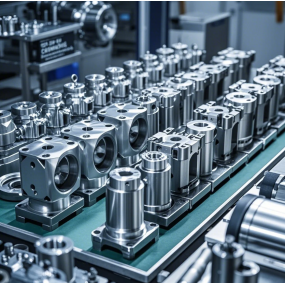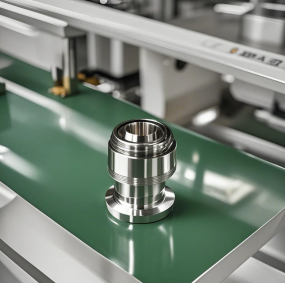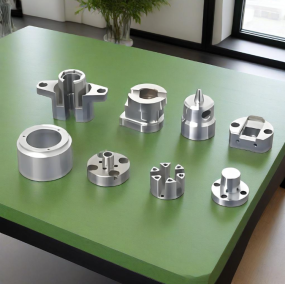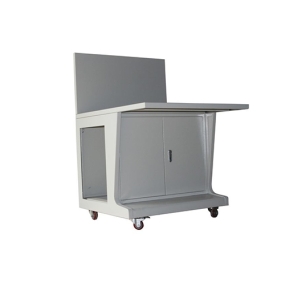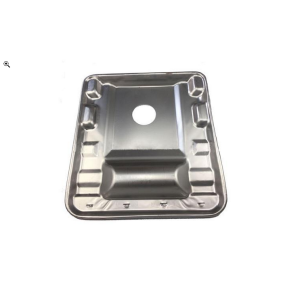Size and shape are two crucial considerations when designing stainless steel parts. The following are the key points of size and shape that need to be considered when designing stainless steel parts, as well as corresponding explanations and reference information: 1. Dimensional considerations: ① Plate thickness: Plate thickness is the primary factor in choosing the size of stainless steel plate. Generally, the thickness of stainless steel plate is more than 0.5mm. 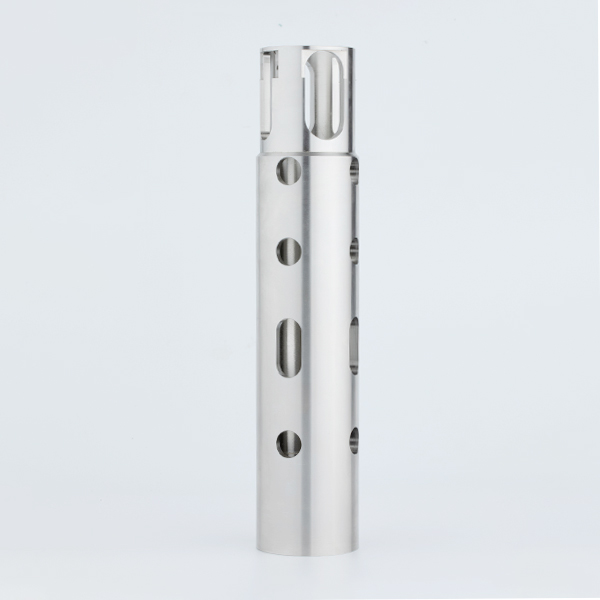 Different applications have different requirements for plate thickness. For example, when the weight of building wall panels, sculptures, etc. is lighter, the plate thickness can be selected to be about 0.8mm thinner; while in power equipment, thicker stainless steel plates of more than 3mm need to be used. ② Length: The length of plate parts is generally selected according to the actual use length. For the parts that need to be folded, stainless steel plates of suitable size should be selected. While determining the length, the requirements of the pressing width between the plates should also be taken into account. ③ Tolerance and Precision: According to the use requirements of the parts, determine reasonable tolerances and accuracy requirements to ensure the assembly and working performance of the parts. II. Shape Considerations: (1) Shape Design: When designing the shape of the parts, the limitations and requirements of the manufacturing process should be considered, and complex shapes and thin-walled structures should be avoided as much as possible. The shape of the parts will have a direct impact on the shape and structure of the mold, so the size, tolerances, etc. of the mold should be considered when designing. (2) Assembly and Disassembly: The assembly and disassembly methods of the parts should be considered when designing to ensure convenient assembly and maintenance. (3) Fatigue strength: For parts that bear cyclic loads, fatigue strength design should be considered to avoid stress concentrations and fatigue cracks. This may need to be achieved through specific shape design. (4) Reliability and durability: The reliability and durability of parts should be considered when designing, and the service life of parts should be improved through reasonable structure and material selection.
Different applications have different requirements for plate thickness. For example, when the weight of building wall panels, sculptures, etc. is lighter, the plate thickness can be selected to be about 0.8mm thinner; while in power equipment, thicker stainless steel plates of more than 3mm need to be used. ② Length: The length of plate parts is generally selected according to the actual use length. For the parts that need to be folded, stainless steel plates of suitable size should be selected. While determining the length, the requirements of the pressing width between the plates should also be taken into account. ③ Tolerance and Precision: According to the use requirements of the parts, determine reasonable tolerances and accuracy requirements to ensure the assembly and working performance of the parts. II. Shape Considerations: (1) Shape Design: When designing the shape of the parts, the limitations and requirements of the manufacturing process should be considered, and complex shapes and thin-walled structures should be avoided as much as possible. The shape of the parts will have a direct impact on the shape and structure of the mold, so the size, tolerances, etc. of the mold should be considered when designing. (2) Assembly and Disassembly: The assembly and disassembly methods of the parts should be considered when designing to ensure convenient assembly and maintenance. (3) Fatigue strength: For parts that bear cyclic loads, fatigue strength design should be considered to avoid stress concentrations and fatigue cracks. This may need to be achieved through specific shape design. (4) Reliability and durability: The reliability and durability of parts should be considered when designing, and the service life of parts should be improved through reasonable structure and material selection.
Hello! Welcome to EMAR's website!
 English
English » »
» »
 Spanish
Spanish Arabic
Arabic French
French Portuguese
Portuguese Belarusian
Belarusian Japanese
Japanese Russian
Russian Malay
Malay Icelandic
Icelandic Bulgarian
Bulgarian Azerbaijani
Azerbaijani Estonian
Estonian Irish
Irish Polish
Polish Persian
Persian Boolean
Boolean Danish
Danish German
German Filipino
Filipino Finnish
Finnish Korean
Korean Dutch
Dutch Galician
Galician Catalan
Catalan Czech
Czech Croatian
Croatian Latin
Latin Latvian
Latvian Romanian
Romanian Maltese
Maltese Macedonian
Macedonian Norwegian
Norwegian Swedish
Swedish Serbian
Serbian Slovak
Slovak Slovenian
Slovenian Swahili
Swahili Thai
Thai Turkish
Turkish Welsh
Welsh Urdu
Urdu Ukrainian
Ukrainian Greek
Greek Hungarian
Hungarian Italian
Italian Yiddish
Yiddish Indonesian
Indonesian Vietnamese
Vietnamese Haitian Creole
Haitian Creole Spanish Basque
Spanish Basque


